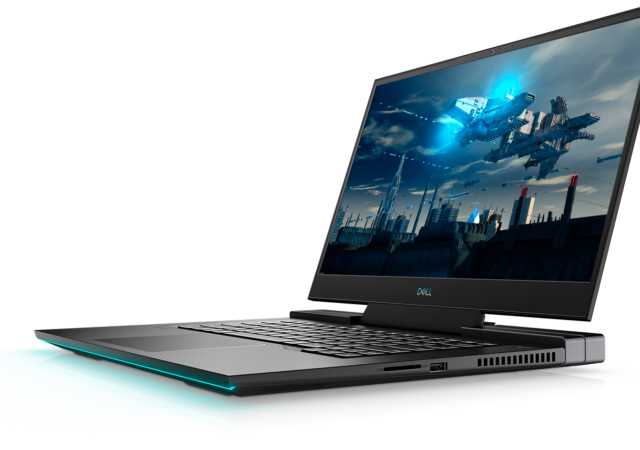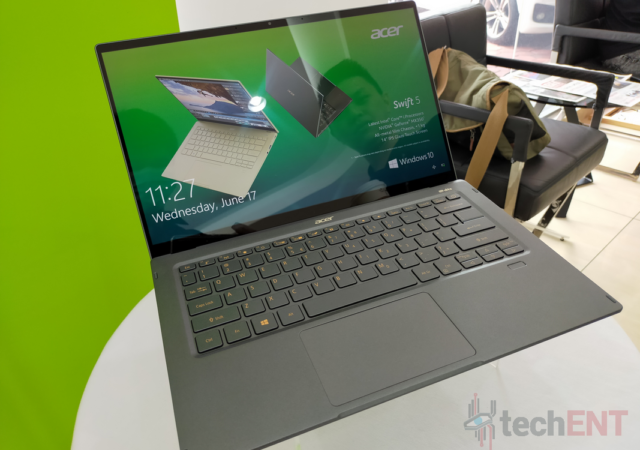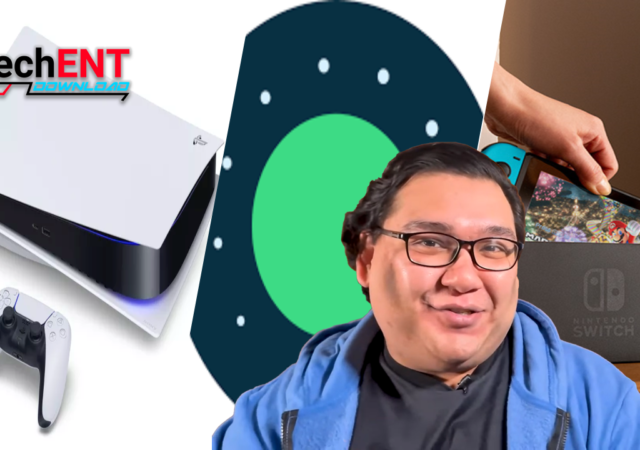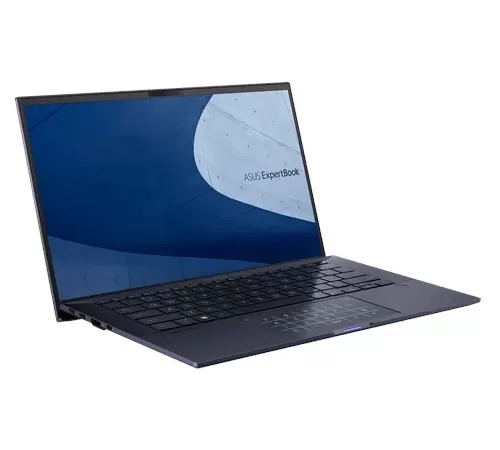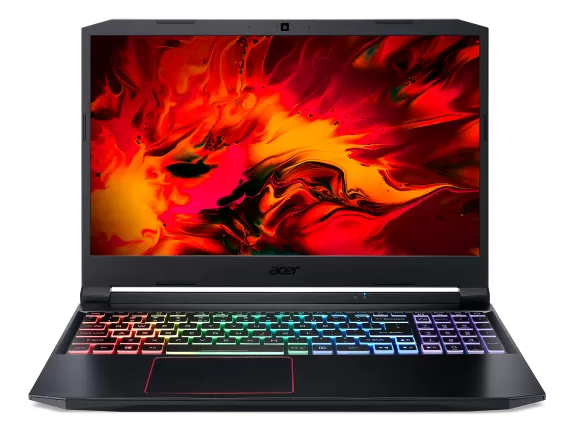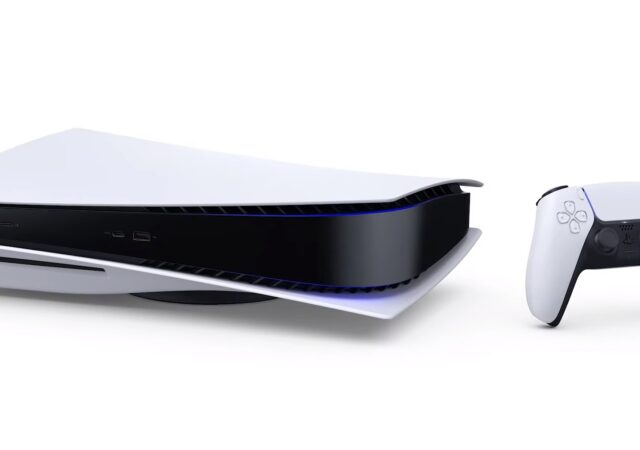The Acer Enduro series is built to take on the world with MIL-STD 810G military standards and up to IP65 ratings builds.
Dell Unveils New G7 Gaming Laptops
Dell announces a new generation of Dell Gaming Laptops spearheaded by the Dell G7. It comes packed with power with a design that will turn heads.
[Next@Acer 2020] Acer Unveils New, Feature Packed Swift 5
Acer unveils a new Swift 5 packed with the next generation Intel processors with the Intel Xe architecture with a slimmer, more svelte body.
[Video] techENT Download || Playstation 5 Unveiled! Nintendo Gets Hacked, Android 11 and more!
This week’s techENT Download recaps the Playstation 5 reveal, Android 11 Beta, Nintendo’s security breach, the Fitbit Flow and more.
Aruba Introduces ESP (Edge Services Platform), A Sixth Sense for Networks
Aruba introduces ESP, an AI driven, integrated platform for managing networks with AI telemetry and dynamic segmentation.
Less Weight, More Power – the ASUS ExpertBook B9 is here for MYR 6,299!
ASUS releases the ASUS ExpertBook B9, the lightest notebook PC made to take care of business with Intel Core vPro from MYR 6,299 onward!
Acer Nitro 5 – Gaming on a String in 2020 for MYR 3,799
Acer launches the 2020 Acer Nitro 5 entry-level gaming notebook PC. The new improved Nitro 5 comes packing Intel’s 10th Generation Intel Core processors and NVIDIA’s GeForce GTX GPUs. All for a good price of MYR 3799.
Acer’s Brand-New Predator Triton 500 2020 – More Power, More Value at MYR 7,999
Acer has unleashed the new Predator Triton 500 packed with new Intel 10th Generation Core processors and NVIDIA’s GeForce RTX 2070 Super. Price starts at MYR 7,999.
realme is Not All About Smartphones Anymore!
realme Smartphones have taken the world by storm. They are not stopping at just smartphones though. They are expanding into smart gadgets that you can carry with you everyday.




